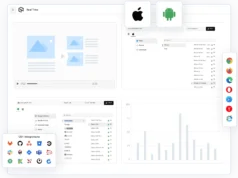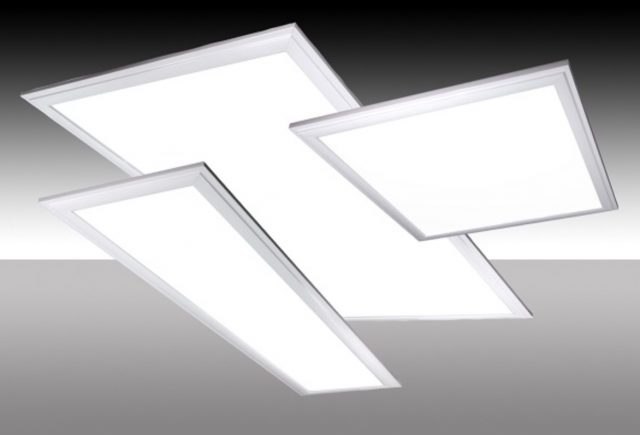
Panel lights are an innovative lighting application by the lighting industry to replace traditional ceiling lights. For the most part these panel lights have gained their market value in all commercial and industrial spaces. (For different types of LED panel you can visit Lumenco Inc).
A panel light fixture is extremely slim with a thickness of 10 mm or above with an appealing sleek and smart profile. Most of these panels are square or rectangular in shape, their biggest quality being their versatility to integrate in all spaces alongside being durable.
The structural features add durability to the fixture and it’s a one-step solution to substitute all lighting needs generally in most commercial areas. The outer frame of the panel appears like a screen of bright light and is composed of highly resistant material while the 3 thin plates known as guide plate, reflector plates and diffuser plate behind it houses the LEDs, produce and direct the light and supports the panel.
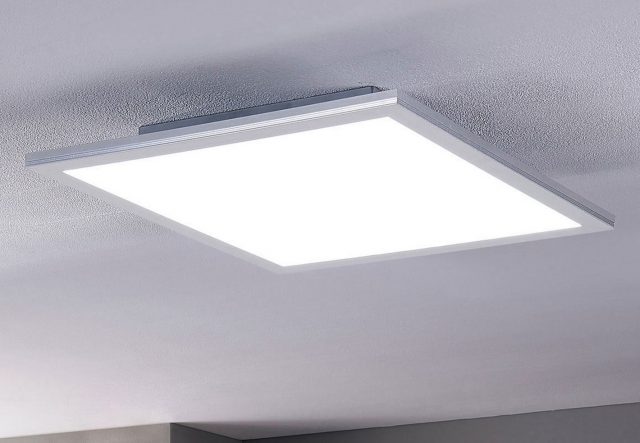
How to choose the right LED panel?
There are various reasons why you might want to switch to LED panels depending on the various factors suitable for your place. Here are a few ways to identify and choose the right LED panel:
1. Power consumption
The power consumption of LEDs are dramatically less than any traditional counterparts. They are unconventionally brighter than most lamps and still consume 40% less energy than them, which in long term has quite an effect on electricity bills.
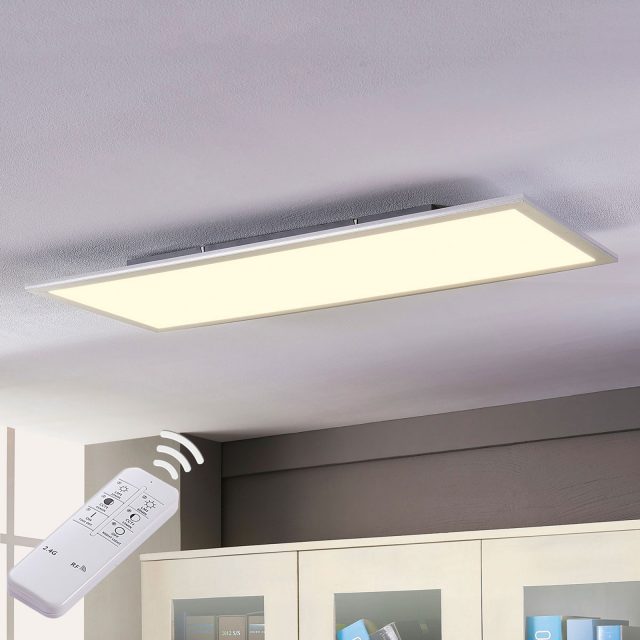
2. Lumen/Watt Output
The lumen to what ratio is one important factor in determining the outcome of this application. The reason is that Lumens are a measure of brightness and an LED panel’s brightness is measured in lumens. It determines the efficiency of the panel. Checking lumens per watt rating is essential, higher the rating higher will be the light output.
3. Colour Temperature
This is an essential feature and entirely based on personal preference to set up the desired outlook of the place. They operate on the colour temperature on a kelvin scale 2500 k-6000K. It defines the look and feel of the light and how it complements the place it is installed in.
The 2500 K-3000K colour temperature is for warm white light suited for indoor spaces like restaurants, hostels, conventional centres, etc.
3000 K-4000K is natural white light for installation in homes, basements, cafes, offices, etc. While 5000 K-6000K is cool white light suited for commercial and industrial spaces where extra brightness for visibility is needed.
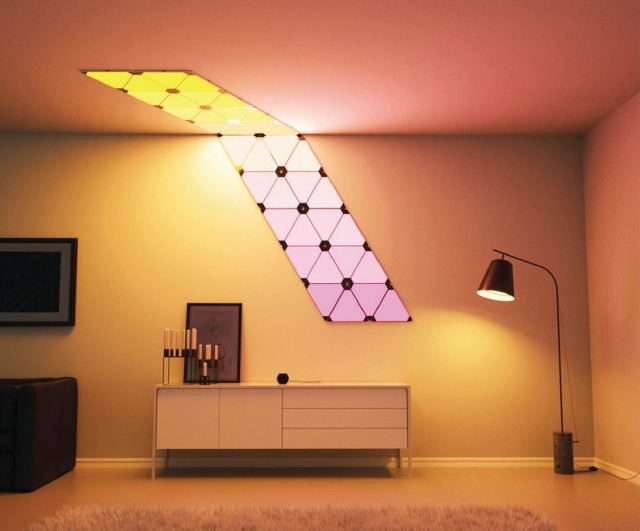
4. Designs
The panel designs vary and this application has the most versatility when it comes to installing them anywhere. They are compatible in trickiest spaces due to their design features.
The most common panel light design is linear/rectangular and square LED panel for most commercial applications.
5. Layout
The layout of the space is highly important to take in consideration when choosing the panels as it helps in planning an effective lighting setup. As per the aforementioned specifications it gets easier to select the light overlay but the space where they are to be installed must be taken into proper consideration as it will help in selecting the number of fixtures required to illuminate the place accordingly.
Few things to accommodate are
- Ceiling design
- Ceiling height
- Area of the room
- Purpose of the room
These important parameters help select the panel which can illuminate the room uniformly.
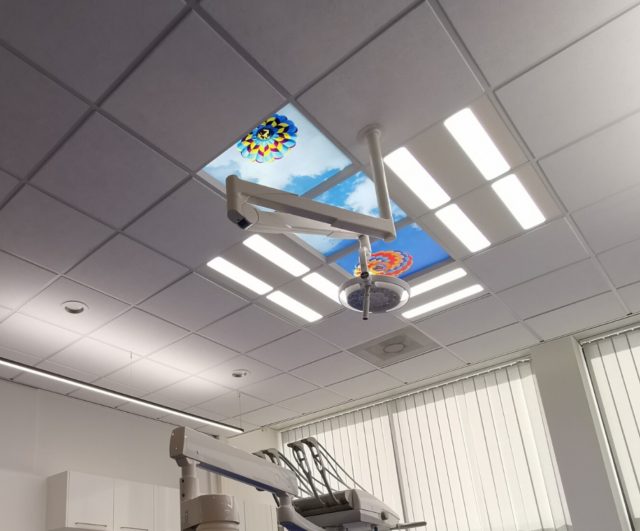
Conclusion:
LED panels are the latest technology for commercial, retail and recreational spaces. They are designed keeping in mind the objectives of good lighting while providing feasibility to the buyers. Choosing the right panel is essential as it is a cost-effective investment and their maintenance and replacement costs are quite budget-friendly.

